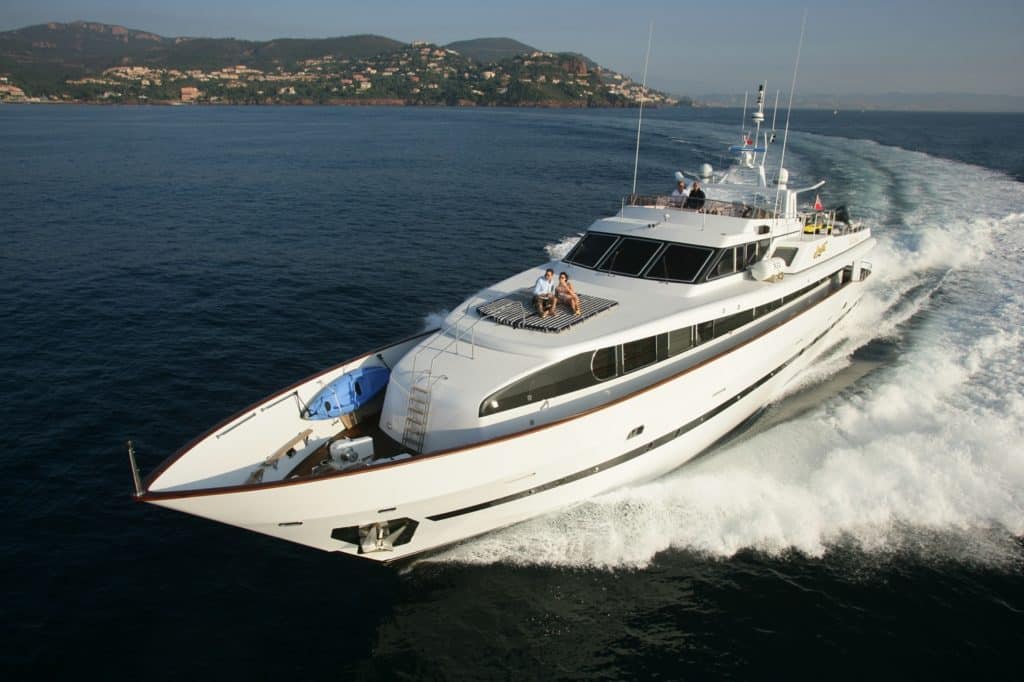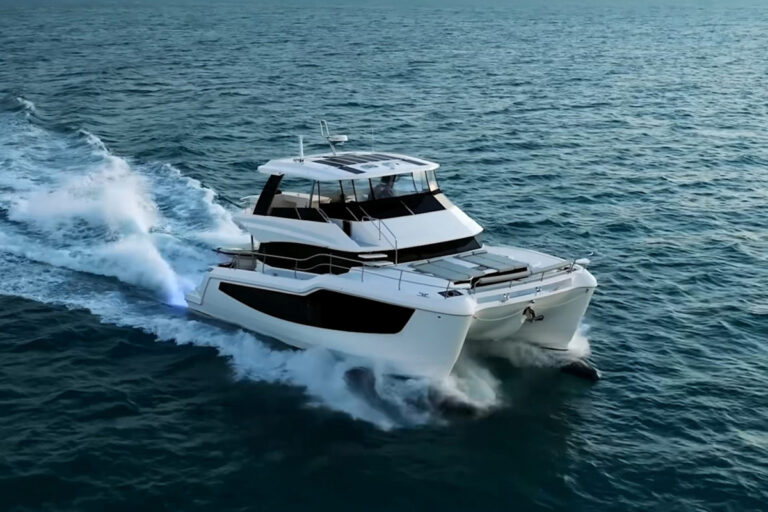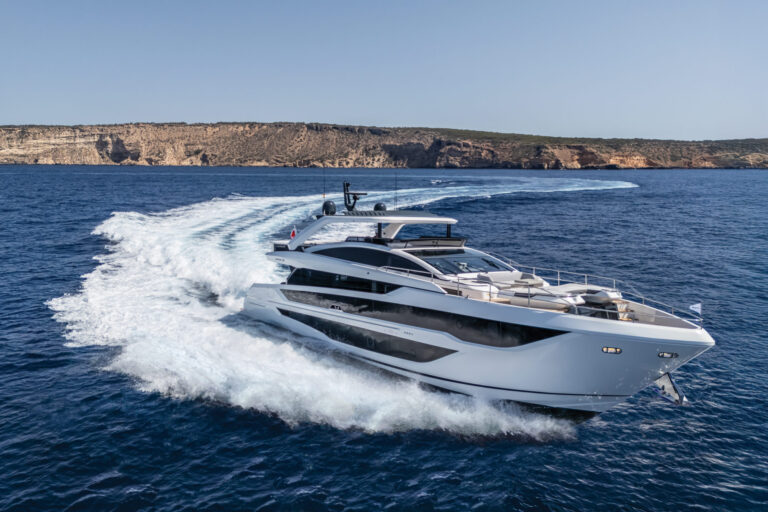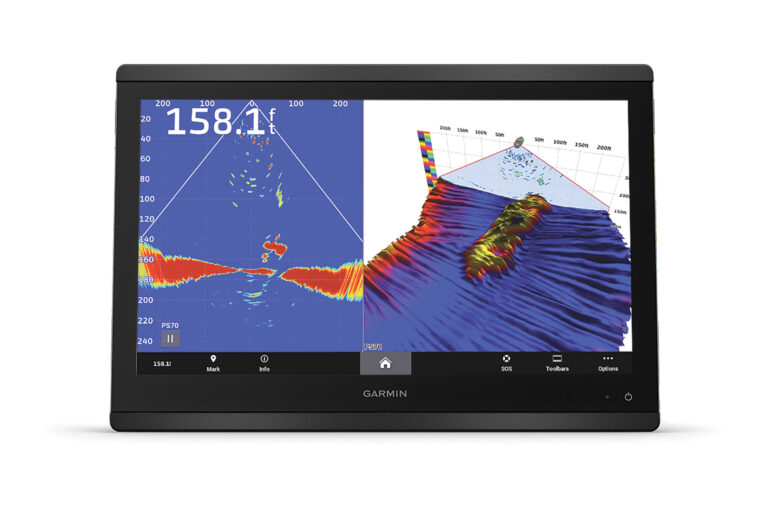
Something about the twisting stone steps leading into Pliny’s Castle prickled the little hairs on the back of my neck even before I came upon the recess in the stone wall. Maybe it was the psychic squeeze of being without a flicker of light in a 3-foot-wide stairwell. Maybe it was the day’s cool sea breeze mixing with the dank staleness of at least six centuries past. Or maybe it was the specter of a tormented soul, perhaps one of the 6,000 French prisoners abandoned to die on the rocky cliffs outside about 200 years ago.
I wedged my leg against the step ahead of me and braced my spine against the cold slab behind. With my fingertips, I groped into the silent, black hollow. It appeared to be about 4 feet high, and just as deep. Big enough for stacking bags of rice, I thought. Or piling crates of rum. Or imprisoning a traitor within the echoes of his own wails.
“Everything all right down there?” Capt. Wayne Palmer called from above.
Yes, I thought. Today, everything is all right down here.
I continued slowly, up toward the sunshine, where Palmer stood in a room the size of a modern-day executive office, big enough to hold a long, wooden table covered with tattered paper charts of the surrounding waters. It was easy to imagine Spanish soldiers looking south, toward northern Africa, or a band of Medieval pirates looking north, toward the mainland. Every arched cutout in the room’s stone walls seemed perfectly positioned for reconnaissance, no matter the decade or war.
Palmer and I looked out into the clear, sapphire-emerald harbor, which is protected today as a national maritime park. We saw no swarthy seamen, no impending invasions. There was only the 110-foot Avella, waiting to carry us from this day trip on Cabrera back to our tour of neighboring Mallorca, the biggest of the Balearic Islands.
This chain, due west of Sardinia in the Mediterranean Sea, exists in the shadow of more popular European charter routes. The Balearics are not a place you typically cruise to (unless 20 hours under way from Antibes is your idea of a vacation); they are a place you fly to and explore. Menorca, to the east, promises splendid hiking and wildlife. Ibiza, to the west, is renowned for its discos and nightlife. Between them is Mallorca, an island with enclaves for the wealthy and famous, but which mostly is bent on upgrading its middle-class tourism image as destinations such as Croatia and Turkey take over the “value label for European travelers. Britons and Germans flock to Mallorca during the summers, staying in less-expensive resorts than are usually available on the French and Italian coasts. The harbors around Palma, the capital, are abuzz with 40- to 60-foot Fairlines and Sunseekers, but the only large yachts that tend to stay for any length of time are in the local yards, gearing up for another season around Corsica or St. Tropez.
Luxury charter is just beginning to become available consistently in the Balearics, and Avella is one of the few motoryachts that call the islands home. She is a 1990 build whose third owner is the first to offer her for charter. Her first season was last summer, when she booked a half-dozen charters, quite a good calendar for a new boat in an unusual locale. Some selling points include recent upgrades to meet the MCA Code, plus a new Bose sound system, new carpeting and curtains, and new electronics in every corner of the bridge.
“He couldn’t stop himself,” Palmer said of the owner. “He loves his knickknacks. It’s like Star Trek in here.”
The boat, which I stayed aboard for four nights, courtesy of her owner, is a comfortable base from which to explore. She has a friendly crew that includes first mate Shane Gamble, a native of Mallorca and an invaluable tour guide who, like the captain, is expected to stay aboard for the boat’s second summer season. Avella shows just a hint of her age when compared with some newer yachts in her size range, but overall, she is well kept and a good value in a destination that can be just as startling in its beauty as Pliny Castle is in its narrow corridors.
We cruised counterclockwise around Mallorca, beginning and ending our trip at Palma’s newest marina, Porte de Mallorca. It is across from a strip vaguely reminiscent of South Beach, Miami. The Sunday that Palmer and I drove downtown on our way to my 7 a.m. flight home, Saturday night’s revelers were still packing the sidewalks along the waterfront.
“If you’re an early-morning person, Spain is not for you,” said Avella‘s chef, Connie Harclerode. “Dinner’s around 10. Clubs get going at 2 in the morning.”
After leaving Palma, however, the mood changes entirely. Cruising around Mallorca is a study in geology and architecture. The southeastern coastline, near Porto Petro, has a row of houses that sit like finials atop steep cliffs. Some are built to blend into the rugged rock foundation, with flat roofs and dug-out windows that appear to have been hollowed by saltwater erosion instead of contractors. Others are white and peach palaces with balconies that arch like rainbows.
By the time we rounded Cabo de Formentor, Mallorca’s northernmost point, the scenery had again changed entirely. The cliffs were more jagged, more towering. There were no houses or man-made structures, save for a few abandoned sentry posts facing the Spanish mainland. In some places, we thought we could see spots where storms had gouged parts of the cliffs into the sea. It looked like the Grand Canyon, turned inside out.
I took all this in while sitting next to Palmer inside Avella‘s pilothouse. Sun worshipers will prefer the flying bridge under way, but during three- to five-hour cruising runs, I almost always end up wanting to chat with the captain about what I’m seeing. Palmer is charming and gracious (not to mention quite good at handling the boat), and sets the tone aboard the yacht. The atmosphere is professional and fun, with crisp polo shirts instead of epaulets on the crew’s shoulders.
My only true disappointment was the guest seating in the pilothouse: a lone, but comfortable, pedestal chair next to Palmer’s. A settee would allow more guest interaction during a trip like ours around Mallorca, with long stretches under way, but might not be needed in other parts of the Balearics.
“In Menorca, the bays are closer together,” Palmer said. “You can hop. This trip is quite a bit of cruising.”
Near the end of our circumnavigation, we stopped in Puerto Portals. It is the Monaco of Mallorca, with women sporting thin, stylish heels and fat, traditional pearls. I found the shopping and people watching enjoyable, but couldn’t help longing to get back to the majestic scenery we’d left behind.
That’s the real charm of cruising around Mallorca. It is the perfect place to steal away, to regroup, to take some time and think about how you want to make your approach back into civilization. Medieval pirates figured this out long ago. So did Spanish sailors.
Avella offers a chance to enjoy the same cradle of seclusion-thankfully, in a much more hospitable era.
Contact: Yachting Partners International, (800) 626-0019, (011) 44 12 7357 1722; ypi@ypi.co.uk, or any charter broker. Avella charters for $44,275 per week, plus expenses, for eight guests.







